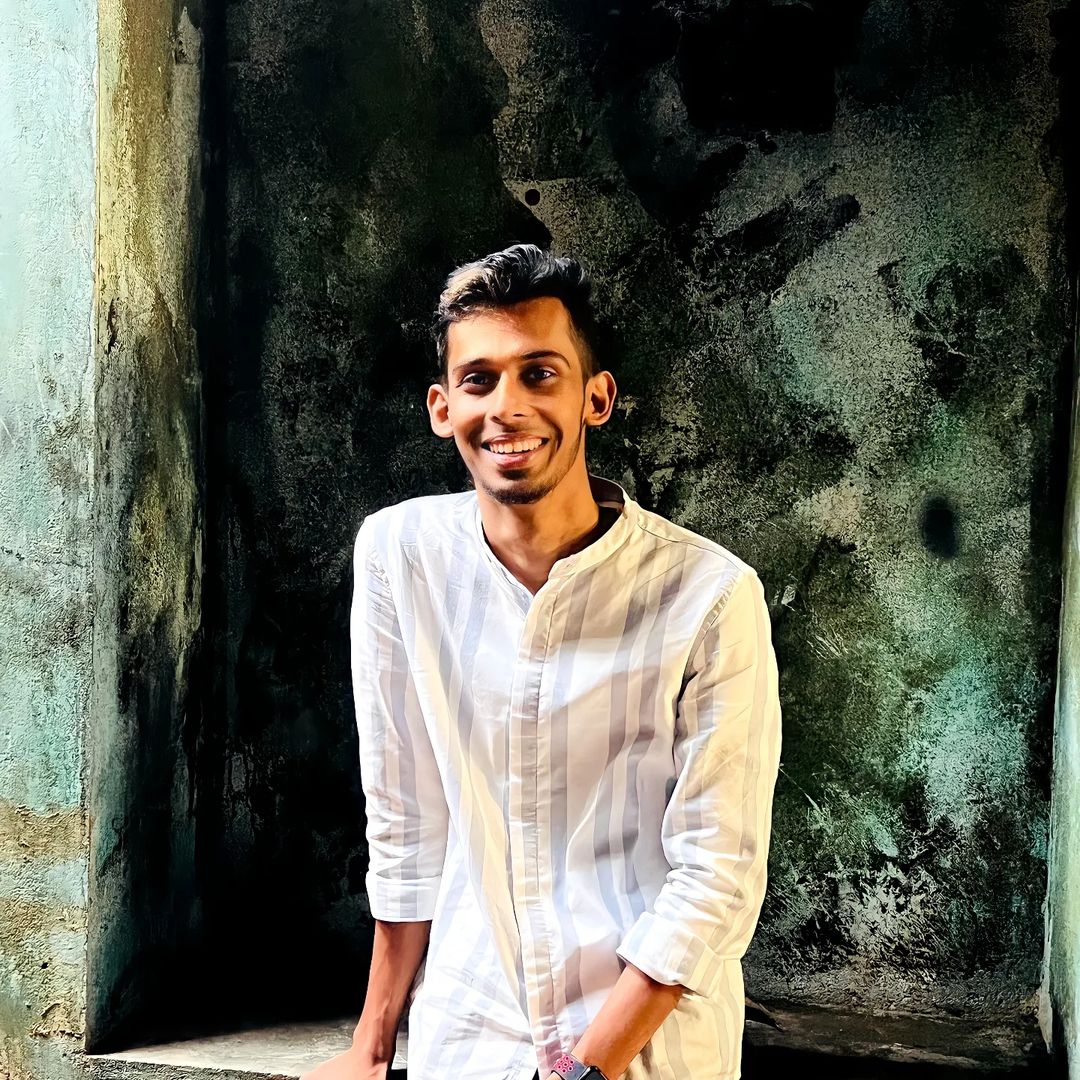Sasanlimab, an investigational anti-PD-1 monoclonal antibody (mAb), was used in conjunction with standard of care (SOC) Bacillus Calmette-Guérin (BCG) as induction therapy with or without maintenance in patients with BCG-naïve, high-risk non-muscle invasive bladder cancer (NMIBC). Pfizer Inc (PFE). announced the results of this pivotal Phase 3 CREST trial. By comparing the combination of sasanlimab and BCG (induction and maintenance) to BCG alone (induction and maintenance), the trial achieved its primary endpoint of event-free survival (EFS) by investigator assessment, showing a statistically significant and clinically meaningful improvement: Hazard Ratio (HR) of 0.68; 95% Confidence Interval (CI), 0.49-0.94; 2-sided p=0.019; median EFS not yet reached. According to these results, the sasanlimab combination regimen reduces the probability of disease-related events, such as high-grade disease progression or recurrence, by 32% as compared to SOC therapy alone. EFS HR of 0.63 (0.41, 0.96) for T1 disease and EFS HR 0.53 (0.29, 0.98) for CIS disease patients show consistent benefit in pre-specified subgroup studies for individuals with higher-risk disease.
The period from randomization to the earliest of high-grade disease recurrence, illness progression, carcinoma in situ (CIS) persistence, or death from any cause was known as the EFS composite endpoint. With sasanlimab with BCG (induction and maintenance), the likelihood of being event-free at 36 months was 82.1% (95% CI, 77.4-85.9), while with BCG alone (induction and maintenance), it was 74.8% (95% CI, 69.7-79.2). Today, during the 2025 American Urological Association (AUA) Annual Meeting, a plenary oral presentation of the CREST study results is being given.
New bladder cancer treatment options that help reduce rates of disease recurrence or progression are long overdue. Up to 50% of patients with high-risk non-muscle invasive bladder cancer may experience failure of BCG intravesical immunotherapy, yet it has been the standard of care after tumor resection for decades,
These Phase 3 results show that combining sasanlimab with BCG induction and maintenance therapy earlier in the course of the disease significantly prolonged event-free survival, highlighting the value and potential of sasanlimab in combination with BCG to redefine the treatment paradigm and reduce the burden for patients.
Neal Shore
Bladder cancer is the ninth most frequent cancer globally and causes up to 220,000 deaths per year. Approximately 75% of bladder cancer cases are NMIBC in particular. An estimated 38,000 people in the United States are thought to have high-risk NMIBC. Although BCG treatment has been demonstrated to lower the risk of tumor recurrence, 40–50% of patients with high-risk NMIBC who get BCG will eventually experience disease progression or recurrence in spite of treatment.
Today’s pivotal Phase 3 CREST results offer a much-needed therapeutic breakthrough and spotlight sasanlimab as the first immunotherapy combination with BCG to significantly improve outcomes for patients with BCG-naïve, high-risk NMIBC in over three decade,
The CREST findings are especially impactful for these patients with early-stage cancer who may benefit the most from innovative treatment regimens, including a subcutaneous immune checkpoint inhibitor, that delay disease recurrence or progression. These results underscore our long-standing commitment to patients with bladder cancer across all stages of the disease. We look forward to working with global regulatory authorities to potentially bring sasanlimab as an important new treatment option to patients with high-risk NMIBC.
Megan O’Meara
When compared to BCG alone (induction and maintenance), sasanlimab in combination with BCG (induction only) did not prolong EFS, a crucial secondary endpoint: HR of 1.16; 95% CI, 0.87-1.55; 2-sided p=0.312, highlighting the necessity of BCG maintenance both as part of SOC treatment and in conjunction with sasanlimab. With a median follow-up of 40.9 months, early interim analysis for the primary secondary overall survival (OS) outcome revealed no difference between treatment arms.
Up until the final analysis, the study is conducted for survival follow-up. Other secondary goals for CIS patients at randomization included complete response (CR) and duration of CR. When sasanlimab and BCG were used together (induction and maintenance), the CR rate was 89.8%; when BCG was used alone (induction and maintenance), it was 85.2%. Notably, the chance of staying in CR at 36 months for patients with CIS at randomization who obtained a CR was 91.7% when using sasanlimab in conjunction with BCG (induction and maintenance), as opposed to 67.7% when using BCG alone (induction and maintenance).
Data from clinical trials using sasanlimab and the known profile of BCG were largely in agreement with the overall safety profile of sasanlimab in combination with BCG. Additionally, sasanlimab’s profile was mostly in line with the PD-1 inhibitors’ documented safety profile. In order to support prospective regulatory submissions, Pfizer has provided these data with international health authorities.
CREST Clinical Trials
In people with BCG-naïve, high-risk NMIBC, the CREST trial is a Phase 3 global, randomized, open-label, three-parallel-arm study comparing sasanlimab, an anti-PD-1 mAb, in conjunction with BCG (BCG induction with or without BCG maintenance) to BCG (induction and maintenance). Subcutaneous (SC) injections of sasanlimab 300 mg were administered every four weeks until cycle 25 (cycle = four weeks), either in combination with BCG once weekly for six weeks in a row (induction period) (Arm A; n = 352) or not (Arm B; n = 352), followed by BCG maintenance, or BCG induction and maintenance until cycle 25 (Arm C; n = 351). EFS, a composite endpoint that incorporates time from randomization to the earliest of recurrence of high-grade disease, advancement of disease, persistence of CIS, or death, is the principal endpoint as determined by the investigator comparing Arms A and C. EFS as determined by the researcher between Arms A/B and Arm C, as well as between Arm B and Arm C, are important secondary endpoints. CR and CR duration were secondary goals in CIS individuals.
A humanized immunoglobulin G4 (IgG4) monoclonal antibody called sasanlimab attaches itself to human PD-1 and prevents it from interacting with PD-1 and PD-L1/PD-L2. When activated by its ligands, the immune checkpoint protein PD-1, which is expressed on T cells, dendritic cells, natural killer cells, macrophages, and B cells, negatively regulates T-cell activation and effector function and may be crucial in tumor evasion from host immunity. It can be given by SC injection using a prefilled syringe (2mL) once every four weeks.
Last Modified:
Graduated from the University of Kerala with B.Sc. Botany and Biotechnology. Attained Post-Graduation in Biotechnology from the Kerala University of Fisheries and Ocean Science (KUFOS) with the third rank. Conducted various seminars and attended major Science conferences. Done 6 months of internship in ICMR – National Institute of Nutrition, Hyderabad. 5 years of tutoring experience.






